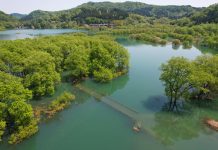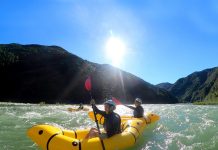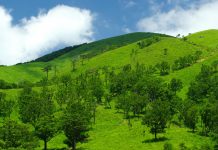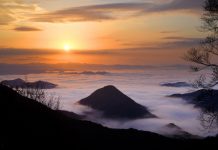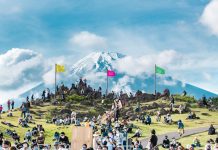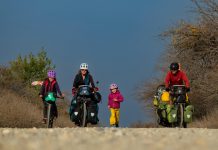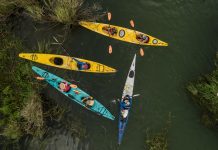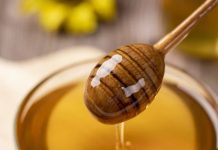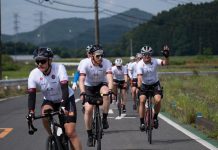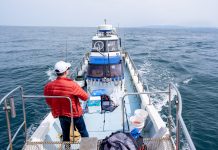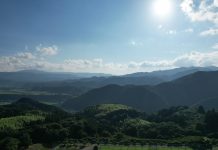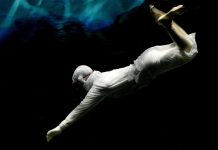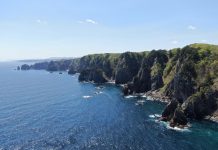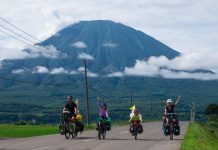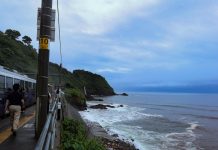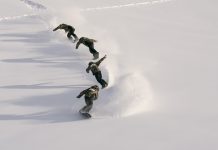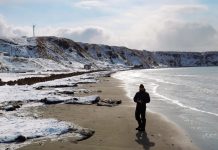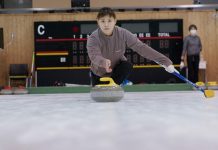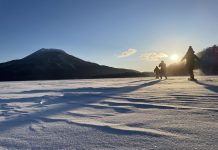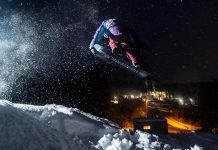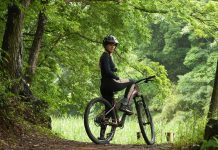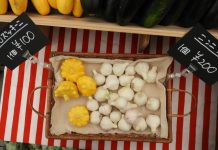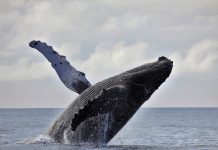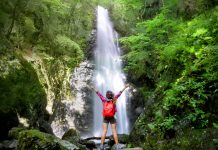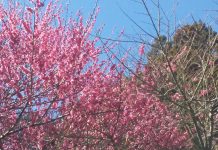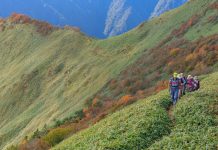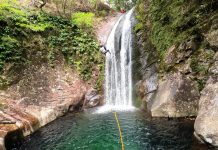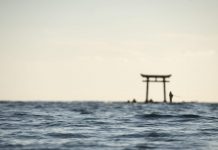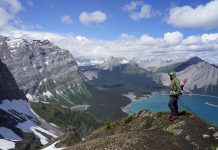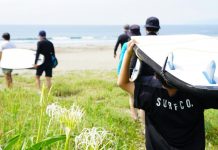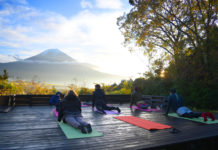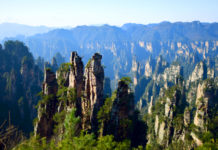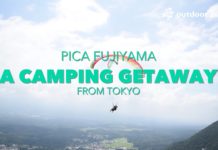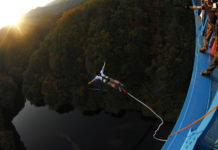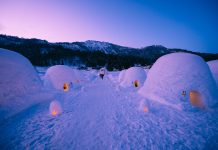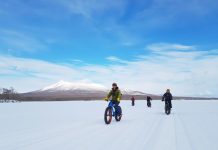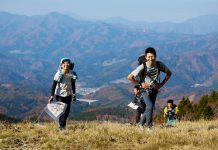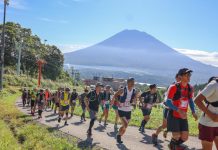Having your snowboard bindings set up correctly before hitting the slopes can make the difference between a good and great day of riding.
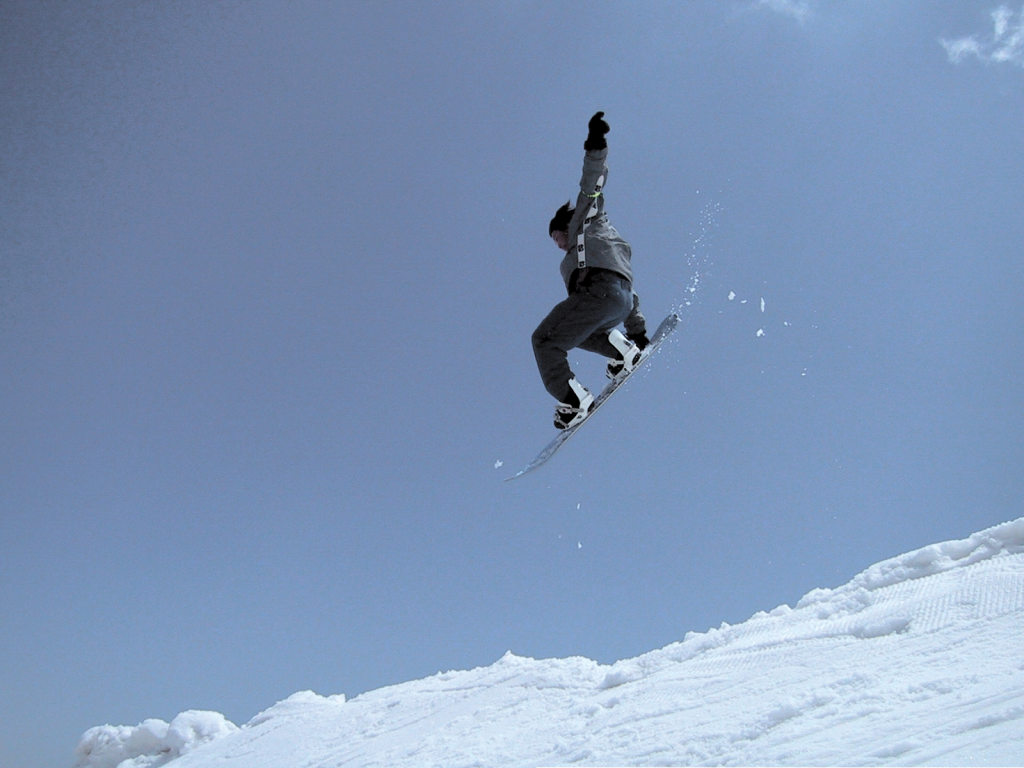
Most snowboards come out of the shop with binding settings at roughly +10 degrees on the front binding and zero on the back. It may be a comfortable stance but it doesn’t optimize learning for beginners or performance for intermediate riders. The following principles will help find the fit that works for you.
1. Binding Position: As a rule, never be closer to the tip than the tail of the board.
l Centered: The front foot is the same distance from the tip as the back foot is from the tail. Most freestyle riders use a centered position because it works well for park riding and freeriding.
l Backmounted: The back foot is closer to the tail than the front foot is to the tip. Recommended for carving and powder. The amount of backmounting varies, but 1-3 cm. from center is normal.
2. Distance between your bindings: Choose a comfortable stance, but for freeriding you don’t want to look like John Wayne.
l Narrow Stance: Easier for carving and good for freeriding.
l Wide Stance: Easier for aerials and steadier on the ground.
3. Angle Setting: Typically, the more positive you set both bindings, the easier it is to turn.
l Some prefer a more + front foot than back foot. A good set-up is +15 to + 20 (front) and +5 to +10 (back). Since toe-side turns involve bringing your knees together, it is easier with some + degree on the back foot.
l Less + degree on your rear foot helps when riding fakie (switch style) and makes tweaking (bending the ankles) easier when doing tricks in the air.
l “Duck Stance” is negative stance on the back foot. It’s easier to ride fakie, but less comfortable in powder when you may want to lean back on the board.
4. Adjusting the high-back: The high-back supports your lower leg. The more you lean these forward, the less you need to lean your body for heel-side turns. Greater forward lean helps carving turns but limits flexibility for tricks.
5. Toe and heel-side drag: Make sure you mount your bindings so that neither your toes or heels touch the snow on normal turns. If your toes or heels drag, it could be that the board is too narrow for your feet, that the bindings are mounted too close to one edge or that the bindings are set too close to zero. Tip: Try increasing the angle of the bindings.
6. Binding Straps: Straps should be placed where they give good, snug support over the toes and ankles.
Editor’s Note: These recommendations are intended for strap and buckle bindings used for freestyle snowboarding with soft boots.

